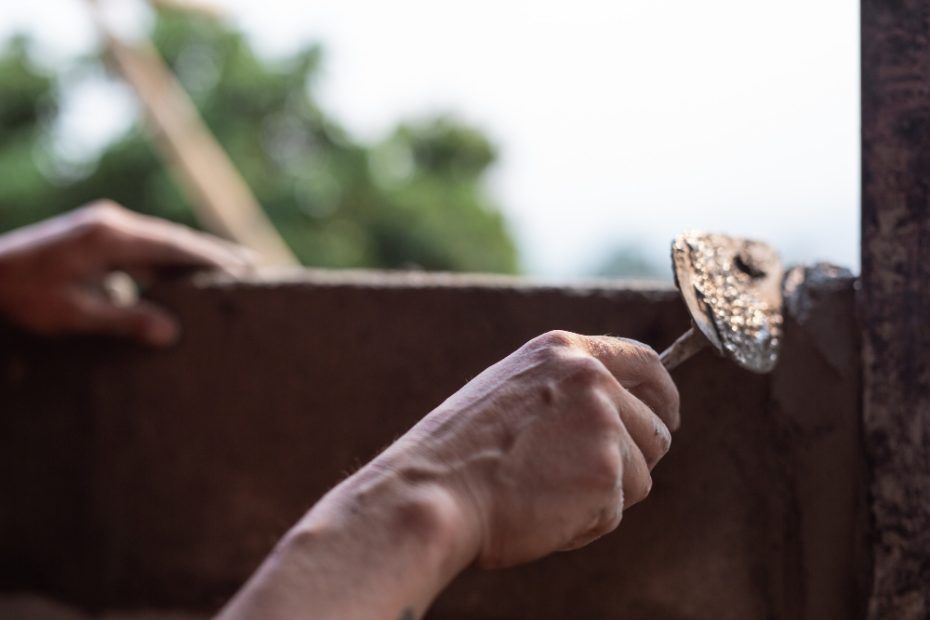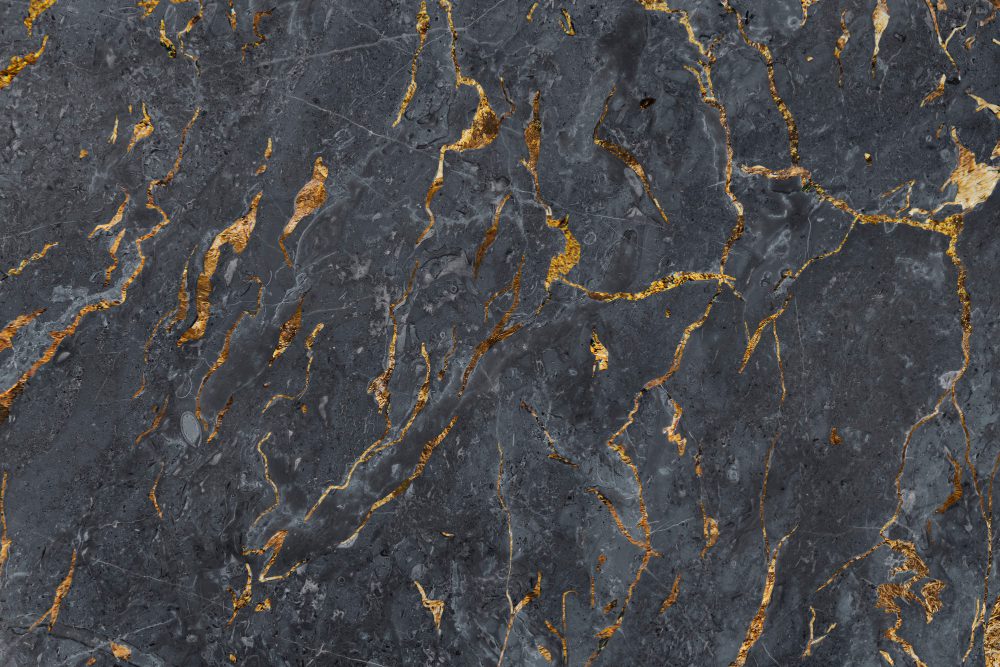How does masonry fail?
Masonry, which refers to structures built using individual units such as bricks or stones, is widely used in construction due to its durability and strength. However, like any other building material, masonry can also experience failures over time. Understanding how masonry can fail is crucial for architects, engineers, and homeowners to ensure the safety and longevity of such structures.
1. Weathering and Deterioration
One of the most common reasons for masonry failure is weathering and deterioration. Exposure to harsh weather conditions, such as freezing temperatures, heavy rain, or high humidity, can lead to the degradation of masonry materials. This can result in cracks, spalling, efflorescence, and general weakening of the structure. The freeze-thaw cycle, in particular, greatly impacts masonry, as water trapped within the materials freezes, expands, and causes damage over time.
2. Foundation Issues
Another major cause of masonry failure lies in foundation problems. A solid and stable foundation is essential for supporting the weight of a masonry structure. If the foundation is inadequately constructed or compromised by factors like soil movement or settlement, it can cause shifting or sinking of the masonry walls. This can lead to cracks, leaning walls, or even collapse in severe cases.
3. Structural Overload
Masonry structures have specific load-bearing capacities, and exceeding these limits can result in failure. Structural overload can occur due to various reasons, including poor design, alteration of the original structure without proper assessment, or addition of excessive loads. When masonry is subjected to loads beyond its capacity, such as heavy machinery, additional stories, or improper distribution of weight, it can lead to cracking or collapse.
4. Lack of Maintenance
Regular maintenance is essential for preserving the integrity of masonry structures. Failure to maintain and address minor issues can escalate into major failures over time. Inadequate or delayed repairs, such as ignoring cracks, leaks, or deteriorated mortar joints, can weaken the overall structure and make it more vulnerable to further damage.
5. Poor Construction Techniques
Improper construction techniques during the initial building process can contribute to masonry failures. Inadequate mortar mixtures, incorrect bonding patterns, improper curing, insufficient reinforcement, or lack of proper expansion joints are just a few examples of mistakes that can compromise the durability and stability of masonry structures.
To illustrate the different types of masonry failures, consider the following examples:
1. Cracks: When masonry is subjected to stress from various factors such as movement in the building’s foundation or thermal expansion, it can develop cracks that weaken the structure.
2. Bulging or Leaning Walls: This occurs when masonry walls start to lean outward or inward due to excessive pressure, inadequate support, or significant foundation movement. It poses a significant safety risk and requires immediate attention.
3. Spalling: Spalling refers to the flaking or chipping of the surface of masonry units. It often occurs when water infiltrates the material and freezes, causing the surface to break apart.
4. Collapsing Chimneys: Chimneys that are not properly maintained or reinforced can fail, leading to collapse or partial collapse, posing a threat to the entire structure.
5. Deteriorated Mortar Joints: Over time, the mortar joints in masonry can deteriorate due to weathering, leading to weakened bonds between individual units.
In summary, masonry can fail due to weathering and deterioration, foundation issues, structural overload, lack of maintenance, and poor construction techniques. Recognizing the signs of masonry failure early on and implementing appropriate remedial measures is crucial to prevent further damage and ensure the longevity and stability of masonry structures.
Is Stonemasonry Hard?
The Art and Skill of Stonemasonry
Stonemasonry, the ancient craft of working with stone, is both an art and a skill that requires dedication and expertise. It involves shaping, cutting, and laying stones to create beautiful and durable structures. While it may appear challenging, stonemasonry is a highly rewarding profession.
Physical Demands
Stonemasonry can be physically demanding, as it involves lifting and moving heavy stones. The constant use of hand tools and repetitive motion can also lead to muscle strain. However, proper training, ergonomics, and the assistance of modern equipment can help minimize these challenges.
Technical Knowledge
A successful stonemason needs to possess a strong technical knowledge of different types of stones, their characteristics, and how they behave under various conditions. Understanding the properties of materials such as granite, limestone, and sandstone is crucial for determining the appropriate techniques and tools to be used.
The Learning Curve
Learning stonemasonry requires time and practice. It involves mastering techniques such as carving intricate details, cutting precise angles, and creating solid structures. Although it may initially seem daunting, with dedication and perseverance, one can acquire the necessary skills to become a proficient stonemason.
Historical Significance
Stonemasonry plays a vital role in preserving the historical architecture of the UK. Restorations of castles, cathedrals, and other heritage sites often require skilled stonemasons to repair and replicate intricate stonework. The ability to contribute to the conservation of our cultural heritage makes stonemasonry an incredibly rewarding profession.
“Stonemasonry is a craft that demands patience, precision, and passion.”
Table: Common Tools Used in Stonemasonry
| Tool | Function |
|---|---|
| Chisel | Cutting and shaping stone |
| Mallet | Aiding in chiseling and carving |
| Trowel | Applying mortar and leveling stones |
The Future of Stonemasonry
Despite advancements in construction technology, the demand for skilled stonemasons remains high. The craftsmanship and durability of stonework continue to be valued in contemporary architecture and restoration projects.
- Stonemasonry offers various career opportunities, including working on custom-built stone features, landscaping projects, and creating bespoke sculptures.
- Professional stonemasons may also find employment in conservation organizations and work on preserving historic buildings and monuments.
In conclusion, while stonemasonry presents physical and technical challenges, the rewards outweigh the difficulties. The opportunity to work with timeless materials and contribute to the preservation of our architectural heritage makes stonemasonry an art form that is both demanding and highly satisfying.
How Long Does Stone Masonry Last?
Introduction
Stone masonry is a time-honored construction technique that has withstood the test of time. The durability of stone structures is renowned, as they have graced our landscapes for centuries. But how long can we expect stone masonry to last? Let’s explore this question in more detail.
The Lifespan of Stone Masonry
Stone masonry is known for its longevity, with well-built stone structures often standing for hundreds, if not thousands, of years. Take a stroll through historic towns and you’ll find ancient cathedrals, castles, and bridges built from stone still standing strong today.
It is estimated that properly maintained stone masonry can last anywhere from 100 to 500 years. However, there are various factors that can influence its lifespan.
Factors Influencing Durability
1. Climate: Harsh weather conditions, such as extreme heat or freeze-thaw cycles, can accelerate the deterioration of stone masonry.
2. Maintenance: Regular inspections, cleaning, and repair work can extend the lifespan of stone structures.
3. Quality of Construction: Proper techniques and materials used during construction play a crucial role in determining durability.
4. Foundation: A solid foundation is essential for the stability and long-term survival of stone masonry.
5. Environmental Factors: Pollution, air quality, and exposure to salts can impact the deterioration rate.
Preservation and Restoration
When stone masonry does start to show signs of wear, it is important to take timely action to preserve and restore these structures. Stone conservation experts employ a range of techniques, including cleaning, repointing, and consolidation, to ensure the longevity of historic stone buildings.
“Stone masonry is not only a testament to human craftsmanship but also a connection to our past. It is our responsibility to preserve and protect these magnificent structures for future generations.”
Conclusion
In conclusion, stone masonry has proven itself to be an incredibly durable construction method. With proper maintenance and care, stone structures can endure for centuries. So the next time you admire a well-preserved stone building, remember that you are witnessing the lasting legacy of this remarkable craft.
HTML Table Example:
| Factors | Influence on Durability |
|---|---|
| Climate | Accelerates deterioration |
| Maintenance | Extends lifespan |
| Quality of Construction | Determines durability |
| Foundation | Ensures stability |
| Environmental Factors | Impacts deterioration rate |



